Japanese style (japandi) in public toilets
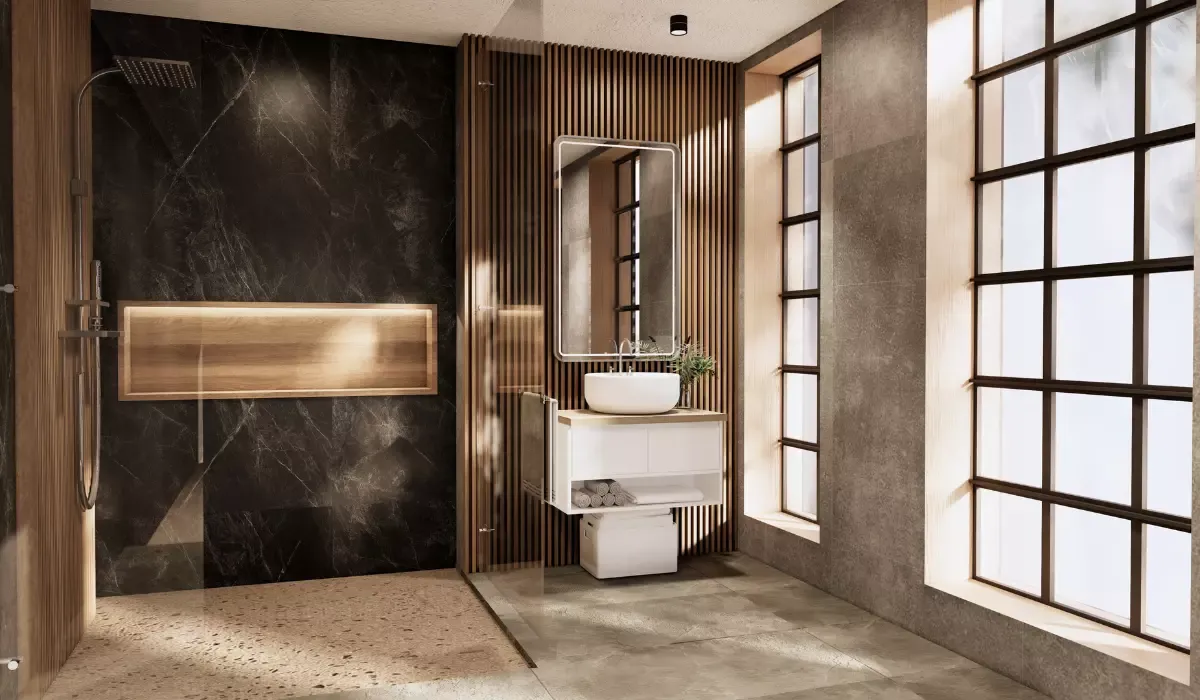
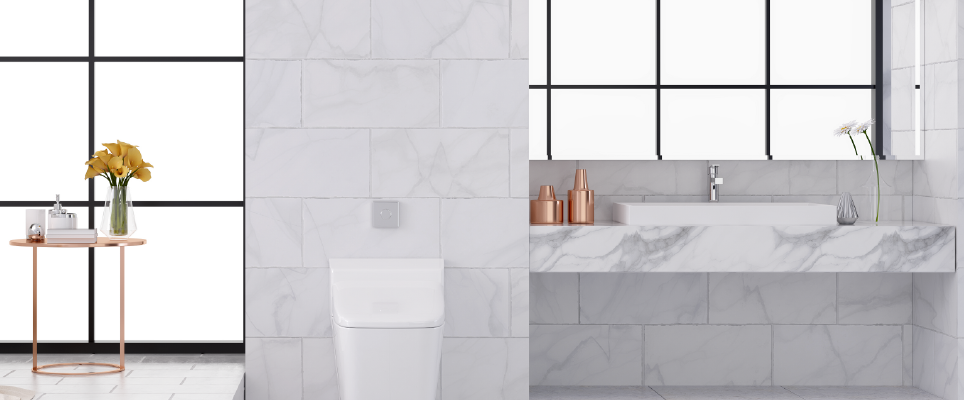
The Japandi style is becoming increasingly popular in our homes. It is particularly favored by interior design enthusiasts who appreciate minimalist yet cozy spaces. However, this aesthetic is not limited to residential spaces. It draws inspiration from cultures where cleanliness and hygiene are highly valued, making it a perfect fit for public toilets. Loft hotels and modern office buildings are great examples of where this style can be implemented. So, how can you decorate a space in the Japandi style? What sets this style apart?
What is Japandi style?
To understand what Japandi style is, we must first decipher the name of this trend. It is a combination of the words "Japanese" and "Scandinavian". This clearly indicates a fusion of Japanese minimalism and simplicity with Scandinavian coziness and love for natural materials.
The japandi style is inspired by the Japanese philosophy of ikigai. In the case of interiors, it is reflected in simplicity and functionality combined with purity of form.
Japanese-style interiors are spacious and simple in form. At the same time, in the japandi style, thanks to Scandinavian influences, their coziness and functionality are noticeable. Rooms are designed in such a way as to become an oasis of peace, revealing a fascination with nature.
Japanese-style interiors include both living rooms and bedrooms, as well as bathrooms. Considering the importance of body and mind hygiene in the culture of the Land of the Rising Sun, this is an aesthetic that is perfect for use in toilets, including public ones.
Japanese-style bathroom - discover the latest trend
Japandi is a trend that is gaining popularity in bathroom design in 2022. This is due to the fascination with Japanese philosophy, according to which true hygiene requires cleansing not only the body, but also the mind. These spheres are closely related, which is also evident in the way bathrooms are designed in Japanese and japandi style.
Japandi in the bathroom is all about harmony and order, conducive to relaxation. Interiors in this style are spacious, which does not necessarily have to be associated with a large area. Spaciousness is understood here as:
- limiting details and decorations to the necessary minimum,
- austere forms,
- natural colors: beige, off-white, gray, and black,
- natural materials, especially wood, steel, and stone,
- intense colors only in the form of individual accents.
Japandi-style bathrooms often take the form of bathing rooms. However, its characteristic elements can also be used in toilets. In the case of public toilets, they allow for the creation of a space where, in addition to its obvious purpose, a short break from external stimuli is possible. In addition, the space, which is characterized by order, cleanliness, and a certain severity, is associated with purity, hygiene, and safety.
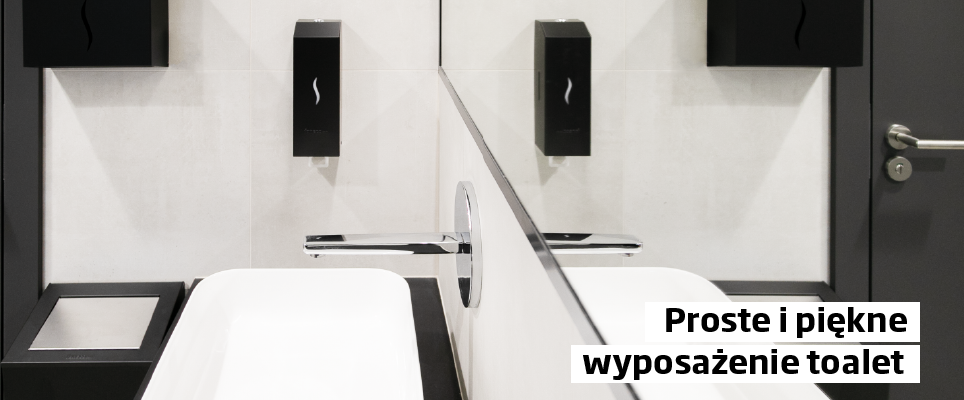
Scandinavian-style toilet with Japandi-style accents
A Scandinavian-style toilet must be bright above all. Even if there is no window providing natural light, the key is lighting that will make it seem bathed in sunlight.
The reference to nature in Scandinavian and Japandi-style toilets is visible primarily in the color palette used. The basis is the so-called earth colors - beiges, cool and warm beiges, grays, cool blues, and muted greens. In order to accentuate certain elements, black and white can also be used, which contrast with the gentle color scheme of the surroundings. An example could be black bathroom equipment, such as bathroom fixtures, lamp fixtures, or mirror frames, essential in a Scandinavian-style toilet.
To give a Scandinavian touch to your bathroom and make it fit into the japandi style, it's worth using Japanese-style accessories. These include lamps made of natural materials such as wood and paper, vases with bamboo stems or stone bowls, and containers. They can serve as accents in a more intense color scheme, although moderation is key. They allow you to break the impression of austerity and coldness.
The best material that fits into Scandinavian arrangements and gives them a touch of Japanese character is wood. One wall covered with wooden planks, a mirror frame, or an addition such as a dresser or chair are the perfect complement to the interior.
Japandi style in public toilets
Modern public toilets no longer resemble dingy places with an unappealing appearance. Today, they are designed according to current interior design trends; designers often test new, interesting solutions in them, which only become popular in homes after some time. Projects such as Scandinavian or japandi-style public toilets fit into this trend.
Interestingly, creating a minimalist Japanese-style public toilet does not require the use of very expensive materials or hard-to-find accessories. This trend allows for the creation of a harmonious, easy-to-maintain interior without requiring huge financial investments. It's no wonder that bathrooms in this style are increasingly appearing in urban spaces.
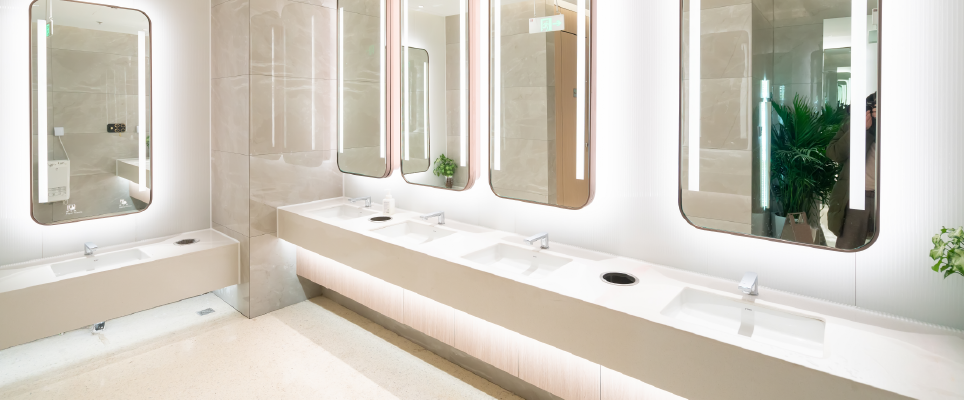
Japanese style in public toilets - how to achieve it?
Creating a public toilet in the japandi style is not difficult. The key is to use the right materials and accessories. It is also important to pay attention to the selection of sanitary ware that fits into this aesthetic, which is an important part of Faneco's assortment.
Japanese style - materials
The arrangement of a japandi-style bathroom must be well thought out in every detail. This applies to both the color scheme and the materials used. The basis is, of course, wood and stone or high-quality concrete imitations. Importantly, they do not have to be in light shades - unlike Scandinavian style, where light is key, a black bathroom belongs to classic japandi aesthetics.
By using concrete, wood, and black in bathroom design, you can achieve a natural, cozy, and clean form effect.
Clay, rattan, linen, and stone with interesting textures also go well with a bathroom in wood and black. In the case of public toilets, it is also worth paying attention to stainless steel sanitary ware - durable, with modern, simple forms. Although they may be associated with loft style, they also fit into Japanese interiors.
Black sanitary ware
As mentioned earlier, black elements fit perfectly into the japandi style, providing a striking accent against the cool, calm surfaces. They don't have to be just decorations or finishes. An excellent choice is black bathroom fixtures, which draw attention with their interesting form and give the interior a modern character. Made of certified materials, often with a matte texture, they are also easy to keep clean. This is particularly important in the case of urban bathrooms and those located in public facilities.
Black accessories for the toilet
However, black bathroom equipment in the japandi style does not have to be limited to fixtures. It can be complemented with elements such as lamps or mirror frames, as well as hand dryers, toilet paper holders, and towels, and in the case of toilets for people with disabilities - grab bars and handrails. In this last case, it is particularly recommended to install accessories in toilets that contrast with the color of the walls, making them more visible.
Japanese-style bathroom furniture is most often made of wood, but there is nothing stopping you from using, for example, black, stone countertops around the sinks.
In a Japanese-style toilet, every detail, order, and harmony is important. Therefore, there should be nothing in it that does not serve a specific purpose. Functionality and safety are essential. Therefore, it is worth investing in touchless accessories that match the Japanese-Scandinavian aesthetic, such as soap dispensers or towels. They are not only practical, but also perfectly fit into the philosophy of japandi, which involves caring for hygiene in an environmentally friendly way.



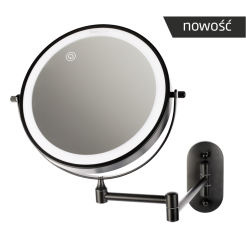
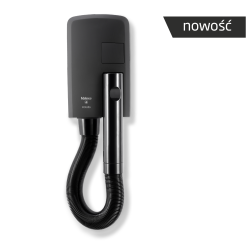

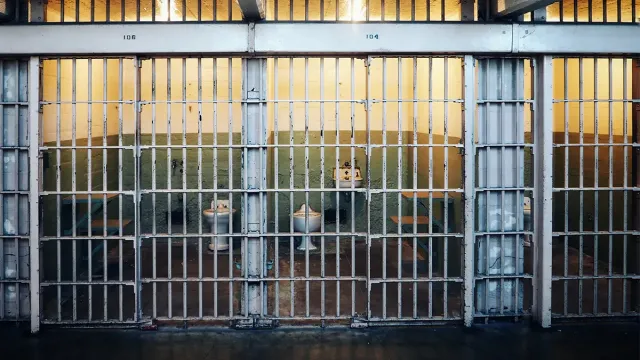

 Polski
Polski
 Český
Český
 Deutsch
Deutsch
 Spanish
Spanish
 French
French
 Italian
Italian